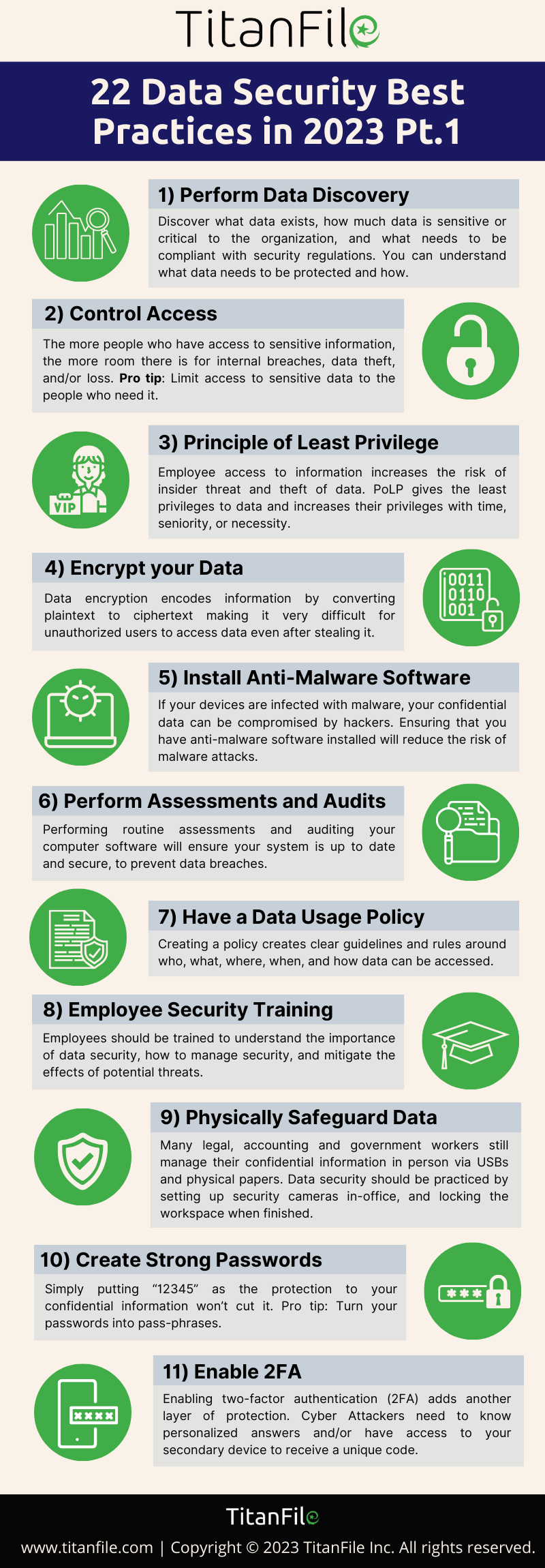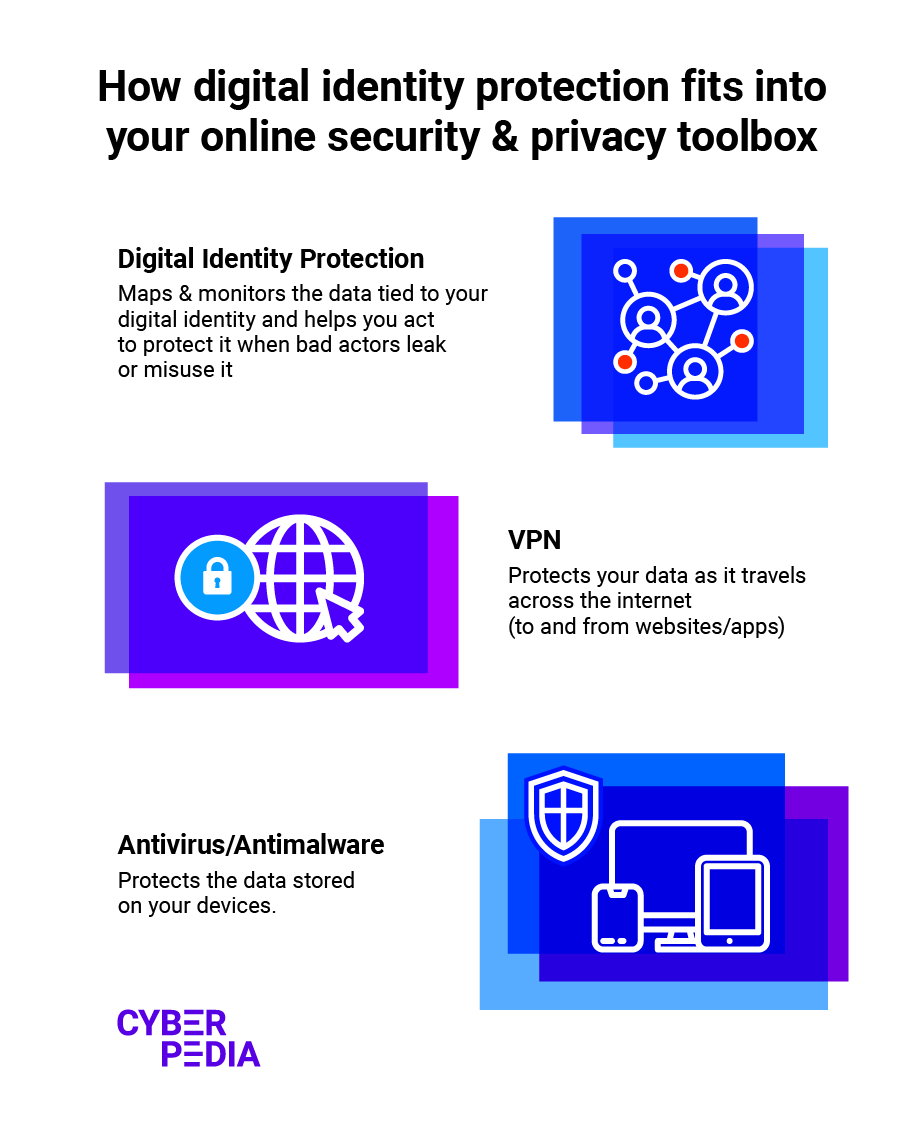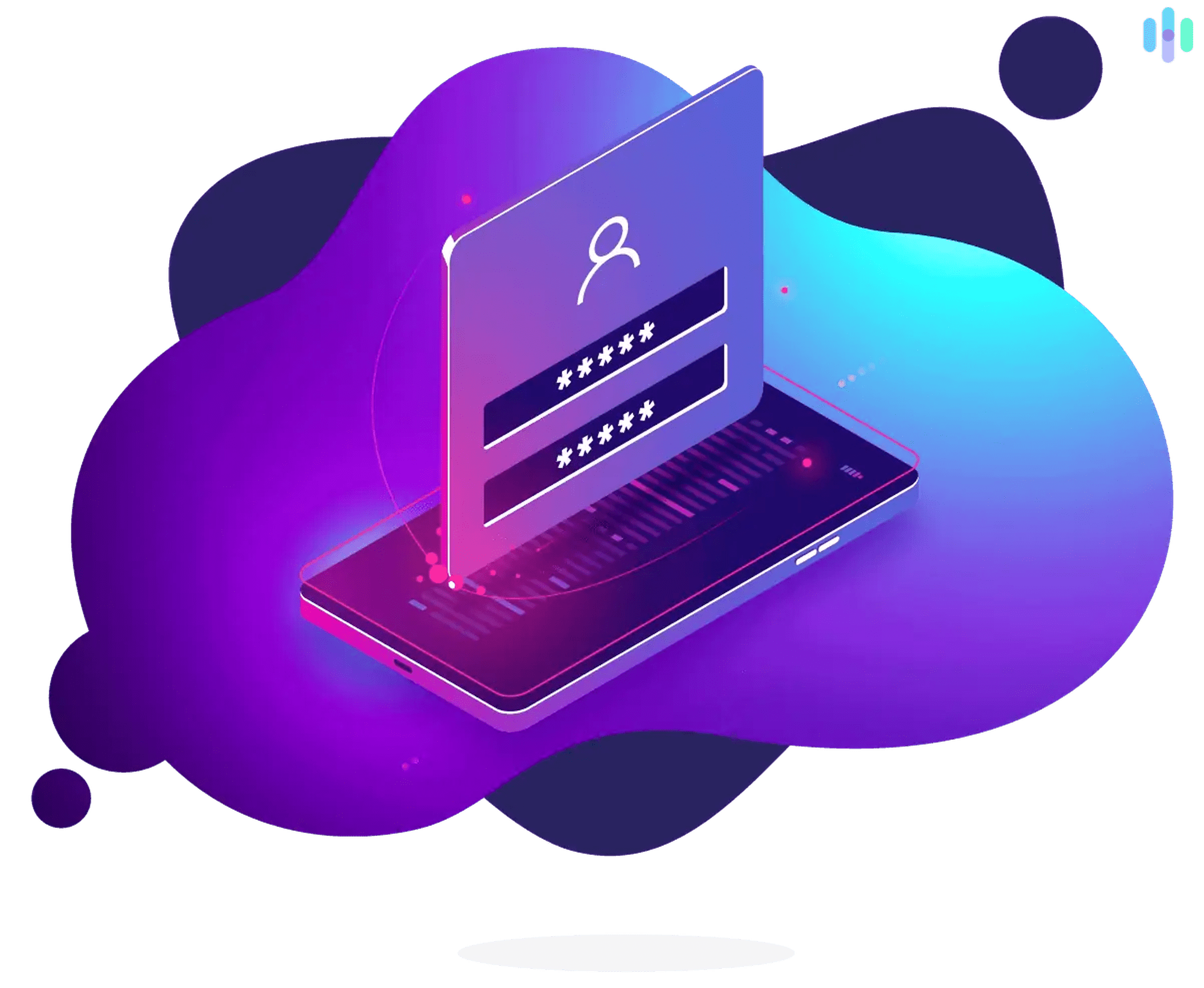
In today’s interconnected world, the importance of maintaining the integrity and confidentiality of personal and professional information cannot be overstated. This section delves into essential strategies and practices that aim to fortify the defenses of your technological tools and the sensitive content they hold. By understanding and implementing these measures, individuals can significantly enhance their ability to navigate the digital landscape with confidence and peace of mind.
Why is this crucial? As our reliance on technology grows, so does the potential for unauthorized access and exploitation. Cyber threats are continually evolving, making it imperative for users to stay informed and proactive in protecting their digital assets. This article will guide you through practical steps to secure your electronic equipment and the valuable data stored within them, ensuring a safer online experience.
Begin by exploring the foundational concepts of cyber defense. Learn how to identify common vulnerabilities and the best practices for mitigating risks. Whether you are a novice or have some experience in digital safety, this guide will provide you with actionable insights to enhance your security posture.
Understanding Digital Security
In this section, we delve into the critical aspect of maintaining confidentiality and integrity in the virtual realm. It’s essential to grasp the significance of safeguarding personal information from unauthorized access and misuse. This understanding forms the foundation for implementing effective measures to protect sensitive details in the digital environment.
The importance of maintaining confidentiality in the digital sphere cannot be overstated. It involves keeping personal and sensitive information away from prying eyes. This not only protects individuals from potential identity theft but also ensures that their financial and personal data remains secure. Below is a table illustrating the key reasons why confidentiality is paramount in the digital world:
| Aspect | Importance |
|---|---|
| Personal Identity | Prevents identity theft and unauthorized use of personal credentials. |
| Financial Security | Safeguards banking and financial information, preventing unauthorized transactions. |
| Professional Integrity | Protects professional data and communications, ensuring business confidentiality. |
| Legal Compliance | Meets legal requirements for data protection, avoiding penalties and legal issues. |
Moreover, the integrity of information is equally important. It ensures that the data remains accurate and unaltered. This is crucial in maintaining trust and reliability in digital communications and transactions. Integrity measures include verifying the authenticity of data sources and ensuring that data is not modified without authorization.
In conclusion, understanding the importance of confidentiality and integrity in the digital environment is the first step towards effective protection of personal and professional information. By implementing robust strategies and staying informed about best practices, individuals and organizations can significantly enhance their defenses against digital threats.
The Importance of Online Privacy
In this section, we delve into the critical aspects of maintaining personal confidentiality and integrity while interacting with the internet. Ensuring that your interactions are secure and private is paramount in today’s interconnected world. We will explore various methods and tools that can help enhance your digital discretion and safeguard your personal information.
Understanding how to fortify your electronic gadgets is essential. Here, we provide a thorough guide on how to implement robust measures to protect your personal information and ensure that your digital activities remain confidential.
- Update Regularly: Keeping your software up-to-date is crucial. Updates often include security enhancements that protect against the latest threats.
- Use Strong Passwords: Implement complex passwords and consider using a password manager to keep track of them securely.
- Enable Two-Factor Authentication (2FA): Adding an extra layer of security by requiring a second form of verification can significantly enhance your account security.
- Be Wary of Public Wi-Fi: Public networks can be insecure. Avoid accessing sensitive information when connected to such networks.
- Install Reliable Antivirus Software: A good antivirus program can detect and neutralize many threats before they can affect your system.
- Use Encryption: Encrypting your data ensures that even if it is intercepted, it remains unreadable without the decryption key.
By following these guidelines, you can significantly reduce the risk of unauthorized access to your personal information and maintain a higher level of privacy in your digital interactions.
Securing Your Devices: A Comprehensive Guide

This section delves into the essential strategies for safeguarding personal information and maintaining the integrity of your electronic tools. By implementing robust measures, you can significantly reduce the risk of unauthorized access and data breaches, ensuring a safer digital environment for your daily activities.
To effectively shield your information, consider the following strategies:
- Regular Software Updates: Keeping your operating system and applications up-to-date is crucial. These updates often include security patches that address known vulnerabilities.
- Use of Antivirus Software: Installing reliable antivirus software can detect and neutralize malware before it can cause harm.
- Firewall Protection: Activating a firewall can help block unauthorized access to your network, adding an extra layer of defense.
- Secure Passwords: Implement strong, unique passwords for each account. Consider using a password manager to help generate and store complex passwords securely.
- Two-Factor Authentication (2FA): Enable 2FA wherever possible. This adds an additional verification step, making it harder for attackers to gain access even if they have your password.
- Data Encryption: Encrypt sensitive files and emails to prevent unauthorized access. This ensures that even if data is intercepted, it remains unreadable without the decryption key.
- Backup Regularly: Regularly back up your data to an external drive or cloud service. This can protect you from data loss due to hardware failure or cyber attacks.
- Be Cautious with Public Wi-Fi: Avoid accessing sensitive information over public Wi-Fi networks. If necessary, use a virtual private network (VPN) to encrypt your connection and protect your data.
By integrating these practices into your daily routine, you can significantly enhance the security of your electronic devices and protect your personal information from potential threats.
Data Protection Strategies for Everyday Use
In this section, we delve into practical methods to shield sensitive information from potential threats. Emphasizing routine practices, we explore how individuals can enhance their protective measures against various risks in the digital realm.
To effectively safeguard personal information, consider implementing the following strategies:
- Regular Software Updates: Keeping all applications and operating systems up-to-date is crucial. These updates often include security patches that fix vulnerabilities.
- Use of Strong Passwords: Implement complex passwords and change them periodically. Consider using a mix of letters, numbers, and special characters to make them harder to crack.
- Two-Factor Authentication (2FA): Enable 2FA wherever possible. This adds an extra layer of security by requiring a second form of verification, such as a text message or email, in addition to the password.
- Secure Browsing Practices: Avoid clicking on suspicious links or downloading files from untrusted sources. Use reputable antivirus software to scan files before opening them.
- Data Encryption: Encrypt sensitive data both at rest and in transit. This makes it unreadable to unauthorized individuals even if they gain access to it.
- Regular Backups: Regularly back up important data to an external drive or cloud service. This ensures that you can recover your information in case of loss or corruption.
- Limit Personal Information Sharing: Be cautious about the amount of personal information you share online. This includes social media profiles, which can be a source of information for malicious actors.
By integrating these practices into your daily routine, you can significantly reduce the risk of data breaches and unauthorized access to your personal information.
Common Cyber Threats and How to Avoid Them

In this section, we delve into the prevalent risks that individuals and organizations face in the virtual realm. Understanding these threats is crucial for maintaining a robust defense against potential breaches and ensuring the integrity of information.
Phishing Attacks: These are attempts by malicious actors to deceive users into providing sensitive information such as passwords and financial details. To avoid falling victim, always verify the authenticity of emails or messages requesting personal information. Check for any inconsistencies in email addresses or URLs, how to opt out of whitepages and never click on suspicious links.
Malware Infections: Malware includes viruses, ransomware, and spyware that can infiltrate systems without the user’s knowledge. Regularly updating software and using reputable antivirus programs can significantly reduce the risk of infection. Additionally, avoid downloading files from untrusted sources.
Man-in-the-Middle Attacks: This type of attack occurs when a hacker intercepts communication between two parties. Using secure, encrypted connections (HTTPS) and virtual private networks (VPNs) can help protect against such intrusions.
Denial of Service (DoS) Attacks: These attacks aim to overwhelm a system or network, making it inaccessible to its intended users. Implementing robust network infrastructure and having a response plan in place can mitigate the impact of such attacks.
Insider Threats: Sometimes, the threat comes from within an organization. Regular training and monitoring of employee activities, along with clear policies on data handling, can help prevent such breaches.
By being aware of these common threats and taking proactive measures, individuals and organizations can significantly enhance their defenses against cyber intrusions.
The Role of Encryption in Safeguarding Information
In the realm of information protection, one of the most potent tools at our disposal is encryption. This section delves into how encryption serves as a critical mechanism to ensure that sensitive details remain confidential and inaccessible to unauthorized entities. By transforming data into a format that can only be read by those possessing the correct key, encryption plays a pivotal role in maintaining the integrity and privacy of information.
Understanding Encryption
Encryption involves the process of converting plain text into ciphertext, which is essentially a format that is unreadable without the appropriate decryption key. This method is crucial in preventing unauthorized access to information, especially when it is transmitted over networks or stored in databases.
Types of Encryption
There are several types of encryption, each with its own strengths and applications. The most common types include symmetric encryption, where the same key is used for both encryption and decryption, and asymmetric encryption, which uses a pair of keys – a public key for encryption and a private key for decryption. Understanding these types helps in selecting the appropriate encryption method for different scenarios.
Applications of Encryption
Encryption is widely applied in various sectors, including financial services, healthcare, and government, to protect sensitive data. It is also essential in securing communications, such as emails and instant messages, ensuring that only the intended recipients can understand the content.
Challenges and Best Practices
While encryption is a powerful tool, it also comes with challenges, such as key management and the potential for encryption to be bypassed if not implemented correctly. Best practices include regularly updating encryption algorithms, securely storing keys, and ensuring that encryption is applied consistently across all sensitive data.
In conclusion, encryption is not just a technical solution but a fundamental strategy in the safeguarding of information. By understanding its mechanisms and applications, individuals and organizations can effectively protect their valuable data from potential threats.
Best Practices for Password Management
In this section, we delve into the essential strategies for managing access codes effectively. Ensuring the robustness and uniqueness of these codes is crucial for maintaining the integrity of personal information across various platforms.
Creating Strong Passwords: The first step in effective code management is crafting robust codes that are difficult to guess. Avoid using common phrases or sequences that can be easily deduced by automated tools. Instead, opt for a mix of uppercase and lowercase letters, numbers, and special characters.
Length Matters: Longer codes are generally more secure. Aim for codes that are at least 12 characters long to significantly enhance their strength against unauthorized access.
Unique Codes for Each Account: It is vital not to reuse codes across different accounts. If one account is compromised, this practice prevents the breach from spreading to other accounts.
Using a Password Manager: For convenience and security, consider using a code management tool. These applications securely store and generate complex codes, making it easier to maintain unique codes for each login.
Regular Updates: Regularly updating your codes is another best practice. Experts recommend changing critical access codes every few months to minimize the risk of exposure.
Two-Factor Authentication (2FA): Enabling 2FA adds an extra layer of protection. Even if someone manages to guess your code, they would still need access to your secondary authentication method, such as a text message or an authentication app.
By adhering to these practices, individuals can significantly enhance their protection against unauthorized access and data breaches. Remember, the goal is to make unauthorized entry as difficult as possible, thereby safeguarding personal information effectively.
Staying Updated: The Key to Continuous Security

In the ever-evolving landscape of cyber threats, maintaining the latest updates is crucial for safeguarding against vulnerabilities. This section delves into the importance of keeping software and systems current, providing a robust defense against emerging risks.
Regular updates are not merely a routine task but a vital strategy in the ongoing battle against cyber threats. They often include patches for known vulnerabilities, enhancements to existing features, and sometimes, entirely new functionalities that can significantly bolster protection.
| Type of Update | Purpose | Frequency |
|---|---|---|
| Patch Updates | Fix identified weaknesses in software | As needed, often monthly |
| Feature Updates | Introduce new capabilities or improve existing ones | Periodically, depending on the software |
| Security Updates | Enhance the overall safety of the system | Regularly, especially after a security breach |
To ensure continuous security, it is essential to automate update processes whenever possible. This not only ensures that updates are applied promptly but also reduces the risk of human error, which can often lead to security lapses.
Furthermore, staying informed about the latest trends in cyber threats and the corresponding updates can help users and organizations proactively protect their information. This proactive approach is not just about reacting to known threats but also about anticipating potential risks and preparing defenses accordingly.
In conclusion, keeping all systems and software up to date is a fundamental practice in maintaining a secure environment. It is a continuous process that requires vigilance and a commitment to learning and adapting to new security challenges.
